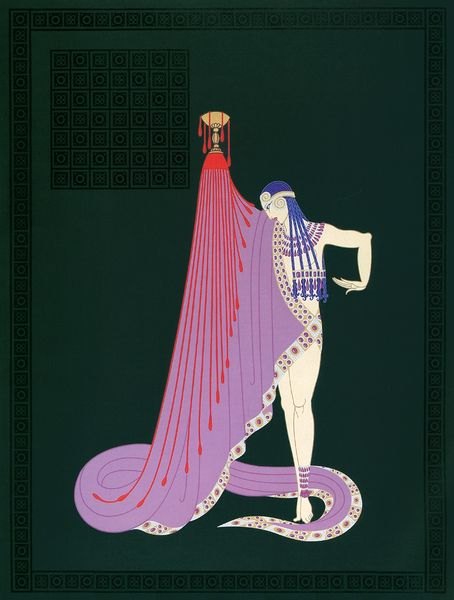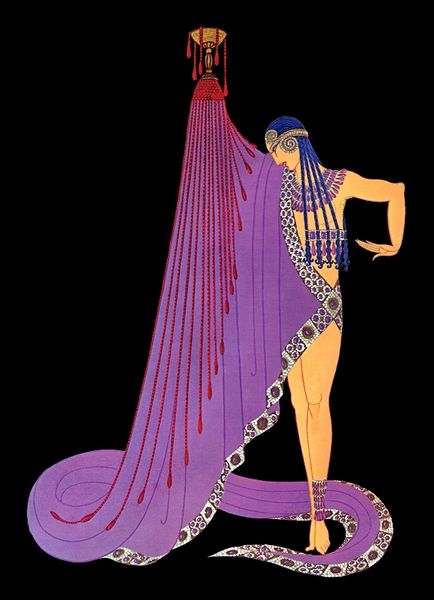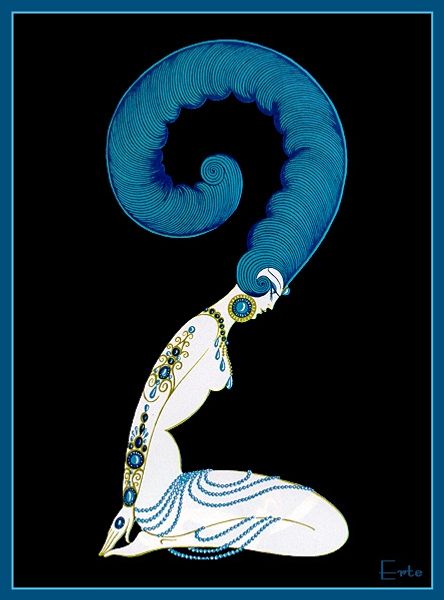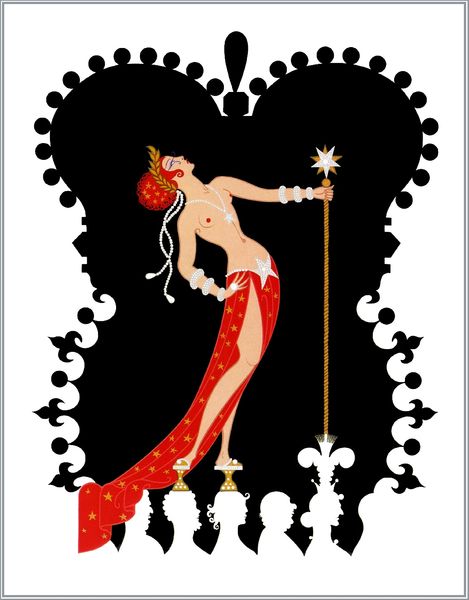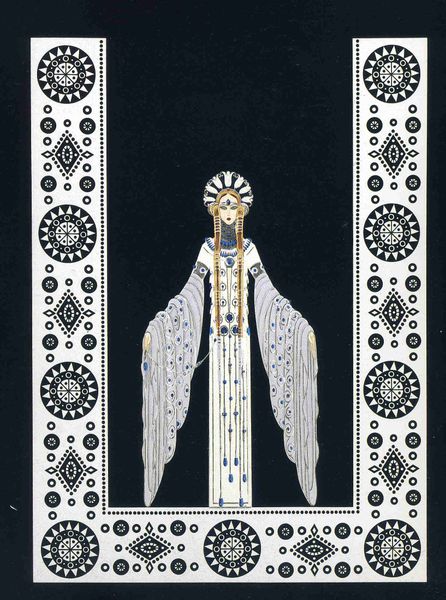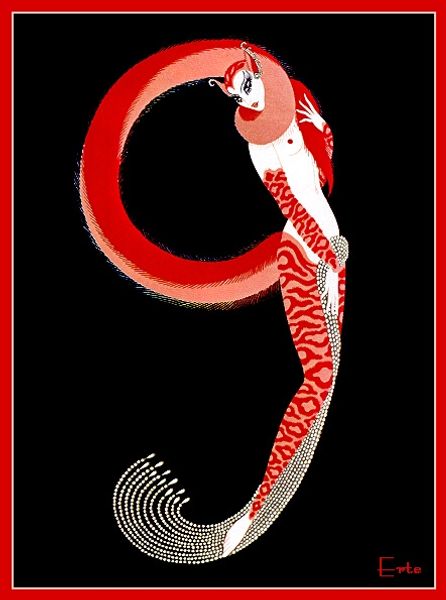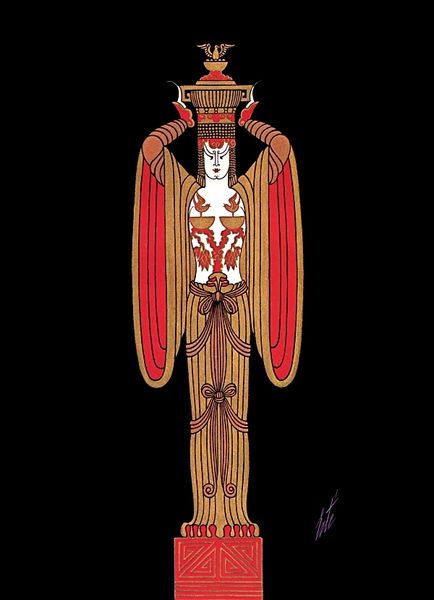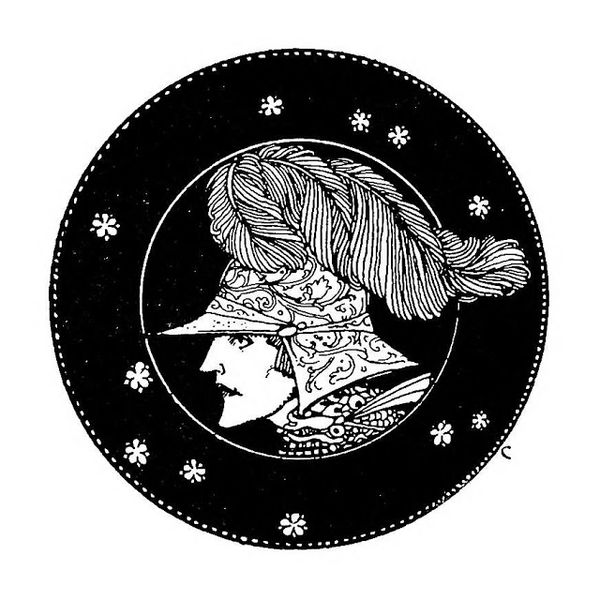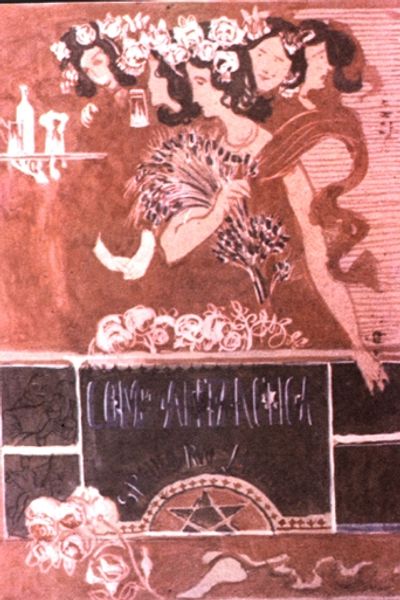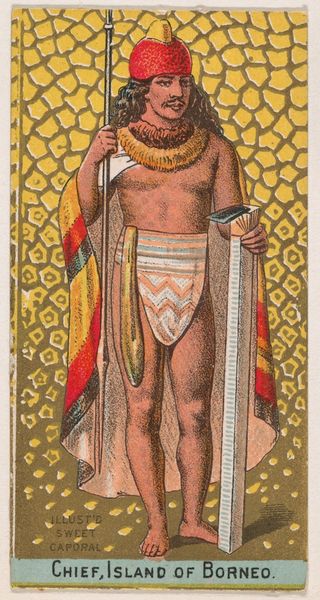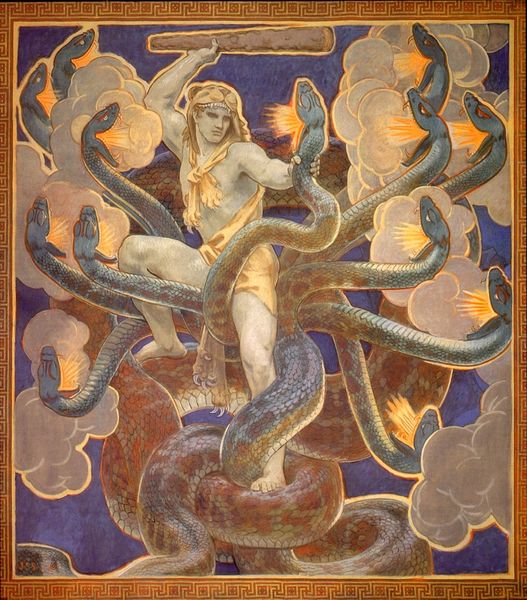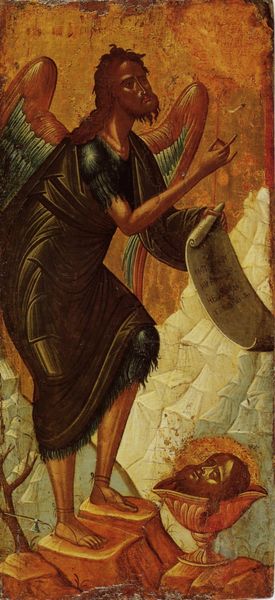
drawing
#
portrait
#
art-deco
#
drawing
#
medieval
#
pop art
#
figuration
#
geometric
#
line
#
symbolism
Copyright: Erte,Fair Use
Editor: This drawing is titled "Number 6" by Erte, and it looks like it might be ink on paper. The composition is really striking—an archer forming the numeral itself! What social commentary do you think Erte was making here? Curator: That’s a wonderful observation! Erte, working within the Art Deco movement, often used the female figure to explore themes of power, femininity, and societal expectations. Consider how this image intersects with the visual language of classicism, which has historically been weaponized by oppressive regimes. By subverting these traditions, what new narratives might Erte have been creating around gendered power? Editor: That’s a point! So, it's not just about aesthetics. But can we assume Erte was deliberately commenting on such themes? Is the evidence clearly there? Curator: The "evidence" isn't always explicit, is it? This is where intersectional analysis comes into play. We interpret the symbolism and how it relates to broader social narratives. The female figure, poised with a weapon, is a direct engagement with dominant narratives of the time. Consider the male archer—the frequent symbol of strength and heroism—and think about who traditionally got to hold the bow. How did power function and manifest at the time the piece was made? Editor: So by representing the archer as a woman, he might have been challenging traditional notions of female passivity? Curator: Exactly! Moreover, how the archer is presented, through costume and ornament, invites a conversation on aesthetics and identity. Can beauty exist separate from an established societal power structure? The sleek Art Deco style could also reflect a challenge of the accepted visual mores. This, in turn, provides another lens through which to examine societal conventions during that era. What has this consideration unlocked for you? Editor: I see it. By looking at it this way, it is a richer and deeper work. Curator: Indeed. When we consider art through this lens, it opens up dialogues about identity, power, and representation. This changes how we think about the social function of Erte’s imagery.
Comments
No comments
Be the first to comment and join the conversation on the ultimate creative platform.
